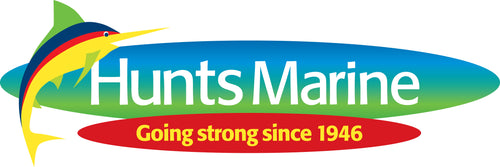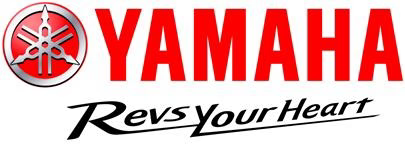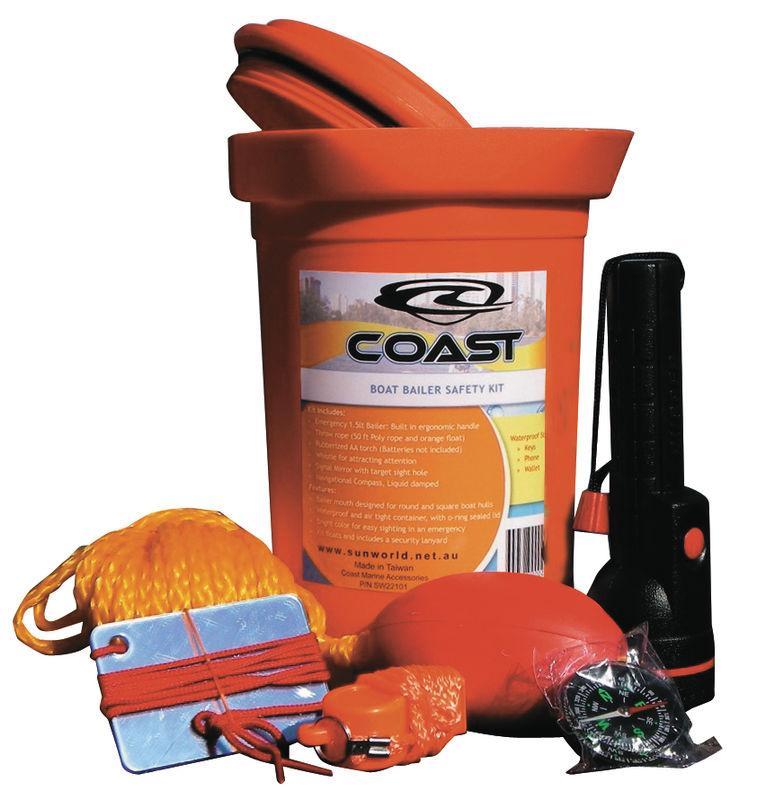
There's nothing quite like getting to devote a day off to going out on your boat. With a range of activities to partake in with friends and family, it's hard to think of any better way to enjoy spending time together.
However, to fully relax and appreciate any activity, making sure you have the right safety gear with you for the type of boating you're doing is essential. It's also important to know what counts as inshore boating, and what you need when heading further offshore.
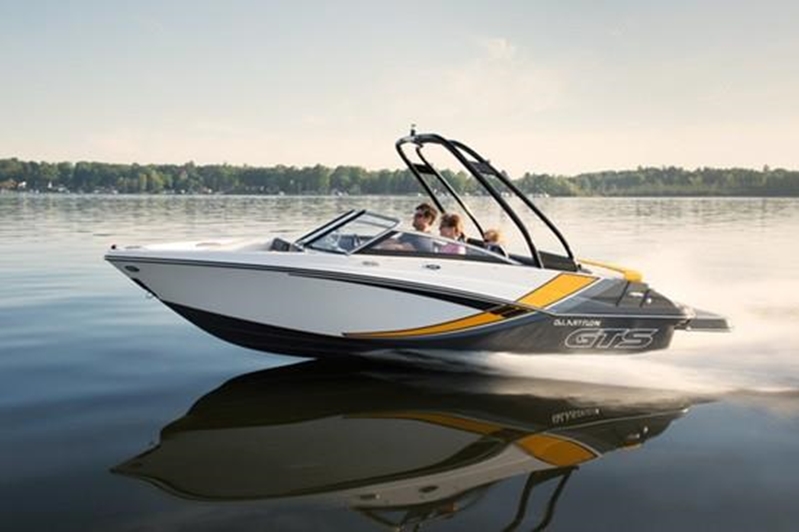 Enjoy being out on your boat, knowing you have the right safety equipment on board with you.
Enjoy being out on your boat, knowing you have the right safety equipment on board with you.Australia's requirements for boat safety equipment
Certain maritime rules exist across Australia, listing what safety equipment you're required to keep on your boat. These rules change depending on what type of boating you're doing.
General safety equipment
General safety equipment is the gear you're required to have on all boats, whether you're on enclosed waters, inshore, or offshore. This list is made up of items such as:
- Life jackets for everyone on board.
- Anchor, rope and chain.
- Bailer or bilge pump depending on your boat.
- Fire extinguisher.
- Bucket.
- Paddle or pair of oars, depending on your boat.
- Safety label.
- Sound signal device.
- Waterproof, floatable torch.
Inshore safety gear
When it comes to boating on open ocean waters, there are two levels of safety equipment that you should know about. If you are staying within 2 nautical miles of shore, then you're only technically required to have the following safety gear on top of the general items:
- Life jackets of level 100 or greater per person.
- Compass.
- 2x Orange smoke hand-held flares.
- 2x Red hand-held flares.
- Map or chart for the area that you're boating in.
- A V-sheet, with minimum dimensions of 1.8m x 1.2m.
- 2L of drinkable water per person.
However, if you're headed further out than 2 nautical miles on open waters, then there's additional equipment that you need to invest in.
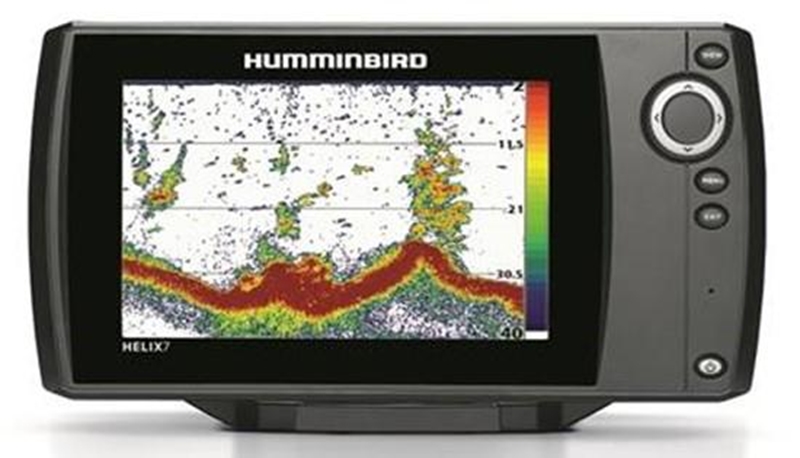
Safety equipment needed for offshore waters
While these items are legally only required when you are boating more than two nautical miles offshore, there are a few good reasons why you should consider having them onboard no matter what type of boating you're doing.
Emergency Position Indicating Radio Beacon (EPIRB)
A 406MHz EPIRB that's properly registered with the Australian Maritime Safety Authority (AMSA) is required for offshore boating. If this is activated, the beacon puts out a signal for passing aircraft to pick up, helping rescuers narrow down on your location.
However, EPIRBs aren't a bad option to have on your boat even if you're boating on enclosed waters, or close to shore. Investing one gives you the security of knowing that, even when you're out of cell-service, you have a way of broadcasting your location if something goes wrong.
A Personal Locator Beacon (PLB), while not required by law, can add another layer of assurance. Opt for a version designed to stay attached to your person at all times, so you don't have to worry about being left high and dry without it. But just remember, a PLB is not a substitute for an EPIRB.
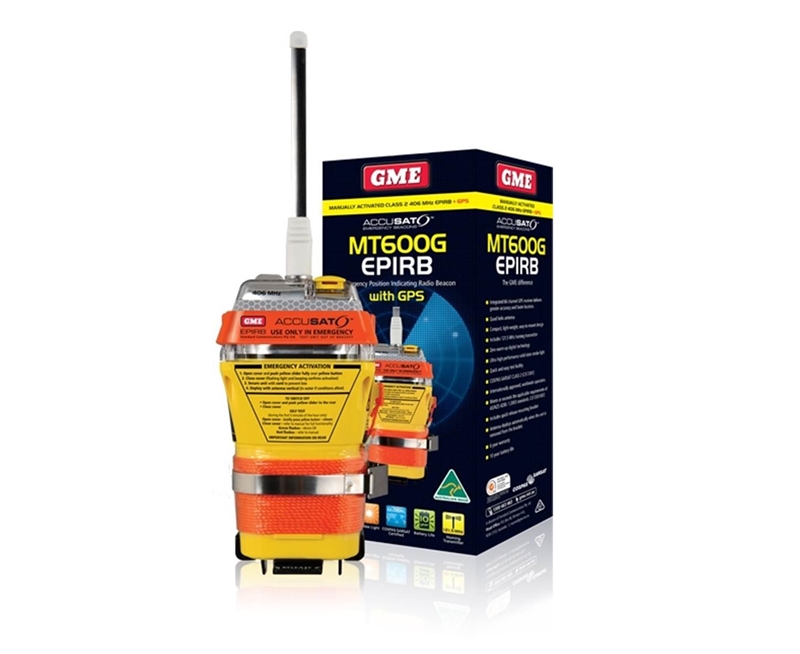
Marine Radios
When travelling more than two nautical miles offshore, check that you've got a working VHF radio onboard. Know the distress frequencies and tune in to the relevant one, so that you can contact someone for help if required. Radios are also useful as they allow you to check boating weather and navigational warnings, and advise the shore stations of your itinerary for your trip.
The ability to listen into emergency channels even in enclosed waters is why many people choose to always have a two-way marine radio onboard their boats.
Parachute Flares
Travelling past five nautical miles offshore means you're required to carry two parachute flares, according to Australia's Department of Travel. Designed for use during both night and day, these flares make you visible up to 15km during the day, an up to 40km at night.
Whether you want tips on what to buy for inshore or offshore boating, information on how to care for your equipment or advice on kitting out your vessel, Hunts Marine is here to help.
